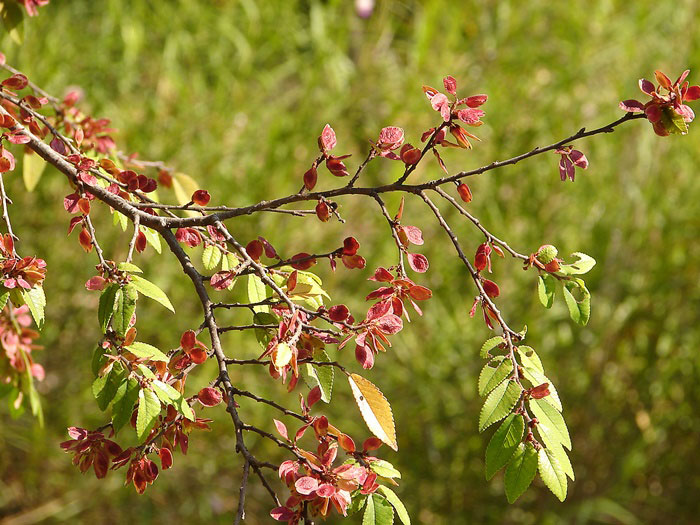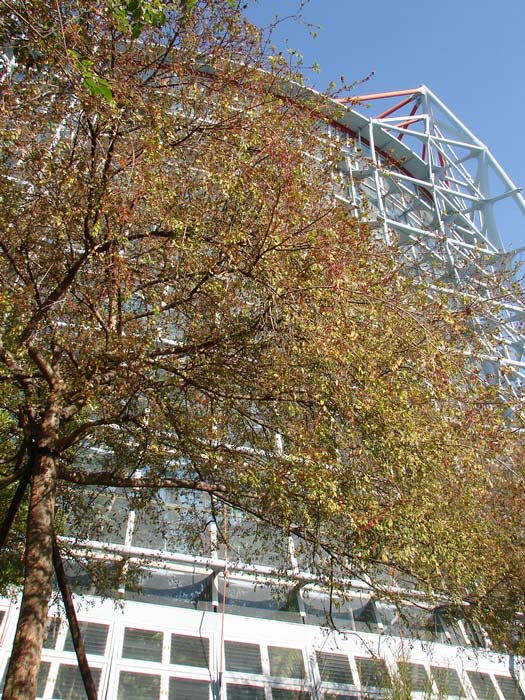Ulmus parvifolia
The Chinese elm is a deciduous tree widely distributed in China, Korea, Japan, Taiwan and other East Asian regions. It is native in Taiwan's forests below 900 meters above sea level, with the central and south low altitude valley forests being the most common. Its unique growth form and beautiful appearance have made it a highly prized ornamental tree in the horticultural industry, and it can be found in the flower markets and bonsai exhibitions in Taiwan, and has now been introduced into cultivation in Eastern Europe, the Middle East, South America, and Africa. Originally the museum cultivated the trees in the Monsoon Rain Forest Area and the Southern Lowland Area of the Botanical Garden, but the seedlings have been spread throughout the garden.
The branches and trunks of the Chinese elm are vigorous and forceful, the bark has a unique cloud-shaped peeling marks, and the texture and color variations of the bark are rich, adding the beauty of ancient simplicity, so it has a high ornamental value. In terms of horticultural application, the branches are flexible and fast-growing, which is suitable for repeated pruning and modeling. In addition, the small and closely arranged leaves can create a distinctive and well-proportioned effect in bonsai design, which is suitable for creating a variety of styles, making it an ideal material for bonsai. It has a strong ability to adapt to the environment and can grow in various soil conditions, which makes its maintenance relatively simple, and it is often planted as a landscape tree in gardens.
In addition to being an ornamental tree, the reddish-brown color of the wood and its toughness make it an excellent material for construction, vehicles, and furniture. The delicate texture wood becomes glossy after planing and looks like it has been coated with chicken fat, so it is also called “red chicken fat” in Taiwan.
The small, flattened fruit of the Chinese elm, surrounded by a membrane, can be spread by wind when ripe, which is why the distribution of the seedlings in the Botanical Garden continues to expand.

